Around this time each year, we receive questions about how to care for plants in the fall and protect them from the upcoming chilly winter. Though most plants are remarkably resilient, there are a few best practices you might consider adopting to get the most out of your garden. Check out these fall gardening tips – the dos and don’ts for what to do when temperatures plunge in autumn.
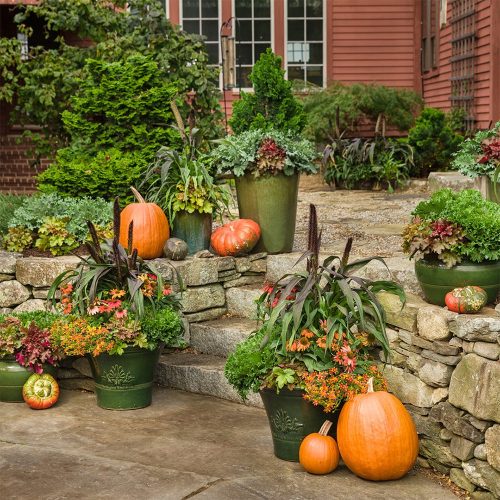
Do These 6 Things in Your Garden This Fall
- Make wise plant choices. Choose to grow plants that naturally thrive in your climate and site them properly in your landscape. Doing this one thing will make your plants far more forgiving even if you do nothing else on the list. When you choose hardy, durable plants, you won’t need to take extensive measures like wrapping them with burlap to make them last through the winter. Learn all about hardiness zones and factors that influence a plant’s hardiness in this article.
- Add mulch. Shredded bark, hardwood or pine straw doesn’t just make your garden look more polished, it also benefits your plants, especially evergreens and anything that is newly planted. Three important benefits of mulching around your plants in fall are: smothering weed seeds, retaining moisture and maintaining a more consistent soil temperature to help prevent frost heaving. During the growing season, mulch adds nutrients to the soil as it decomposes, providing a natural source of “fertilizer” for your plants. Need help determining how much mulch you need? Use our handy mulch calculator.
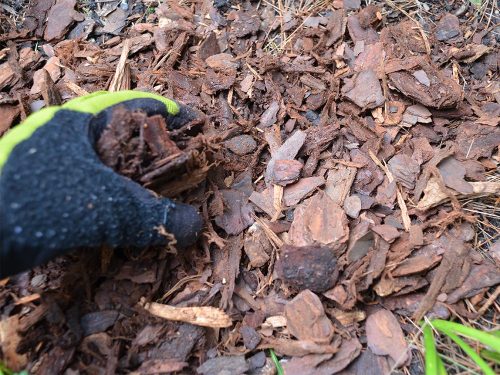
- Keep watering. This is one of the most important things you can do late into the fall to ensure winter survival. Though it’s most critical for evergreen plants and trees, anything planted this year will especially benefit from watering late into the season. Think of it like topping off the gas tank before a big trip. Filling your evergreen plants and trees up with water before the ground freezes will help to prevent them from drying out over the winter. If you have automatic irrigation, plan to have it shut off around the time you typically see the first frost.
- Consider using an anti-desiccant. Evergreen plants are particularly susceptible to drying out over the winter when they are newly planted and have not yet established a good root system. For that reason, you might consider spraying them with an anti-desiccant such as Wilt Pruf® or Wilt Stop® that first winter. This liquid waxy substance is used to coat the tops and undersides of evergreen foliage so it retains moisture through the winter. The product naturally wears off after a few months. As a result, you should see less burning on the foliage and a healthier plant overall come springtime.
- Pick your harvest. Before the first frost or freeze, plan to harvest any last fruits, vegetables, herbs and cut flowers from your garden. Keep in mind that plants range in their susceptibility to frost damage. Broccoli can grow much later into fall than cold sensitive basil, for instance. Once you’ve observed your garden in the fall for a year or two, you’ll get a good feel for which plants need to be harvested first and last. Remember that many edible plants can be frozen, canned or preserved to enjoy all winter long.
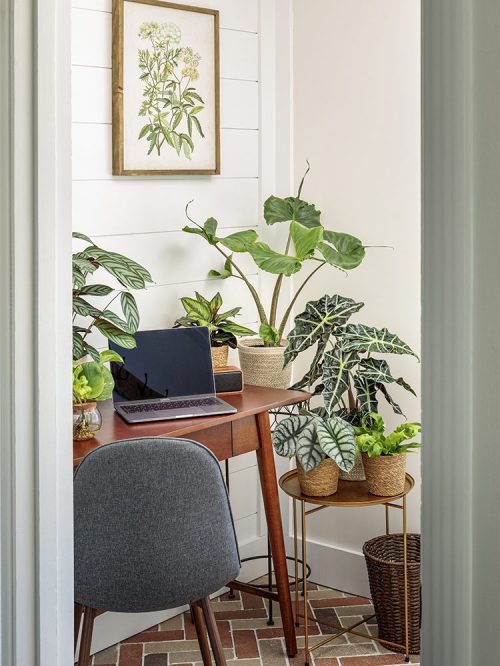
- Haul those tropicals inside. Here’s a fall gardening tip for your houseplants! Before temperatures drop below 60°F consistently, bring any houseplants you moved outdoors for the summer back inside. Most houseplants are native to tropical climates where it is warm year-round, so they tend to be very cold sensitive. Read everything you need to know about bringing your houseplants back indoors.
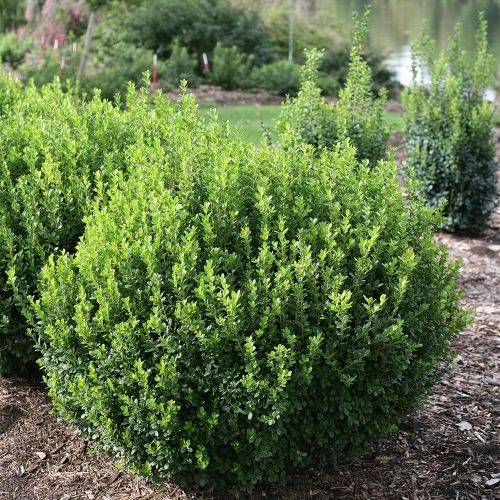
4 Things NOT to Do in Your Garden This Fall
- Prune everything in your landscape. Knowing what, when and how to prune plants is a skill that takes some time to cultivate, and you will get better at it every year you tend a garden. Different plants have different pruning needs, so it’s not a good idea to cut everything back at once as temperatures begin to plunge in autumn. Our blog, Which Plants Should You Prune in Fall, contains helpful lists of what kinds of plants you should and shouldn’t cut back this time of year. Be sure to bookmark it for reference when it’s time to head outside with your clippers. If you’re not sure when to prune, a good rule of thumb is just don’t do it!
- Skip the fertilizer. One of the worst things you can do for your hardy plants in the fall is encourage new growth. Any soft tissue produced now will easily be damaged or killed back once temperatures start dropping. Therefore, hold off on feeding your perennials and shrubs until it’s time for new growth to begin anew in spring. Similarly, don’t prune evergreen shrubs like boxwood and holly in the fall. If that’s done while there is still some growing time left in the season, they are likely to sprout new growth which will be damaged in winter.
- Plastic and plants don’t mix. We cringe anytime we see people hauling out plastic tarps or sheeting to protect their plants during winter or other cold snaps. Unfortunately, plastic exacerbates the problem – the cold transfers directly through the plastic onto the plant. This injures the foliage and can even kill the plant. If you must cover your plants during cold weather, use a natural material like burlap, sheets or fabric row cover instead.
- Don’t worry! Plants are remarkably resilient and those that aren’t probably weren’t going to be long-lived anyway. Nature often finds a way, even in less-than-ideal conditions and frigid cold temperatures. When you go back to the very first point in this article and make wise plant choices from the start, there is no need to worry about how they will navigate winter. In fact, many hardy plants actually benefit from a cold winter; they grow and bloom better the following year as a result. So, sit back with your cup of hot apple cider this fall and start your plans for next season!
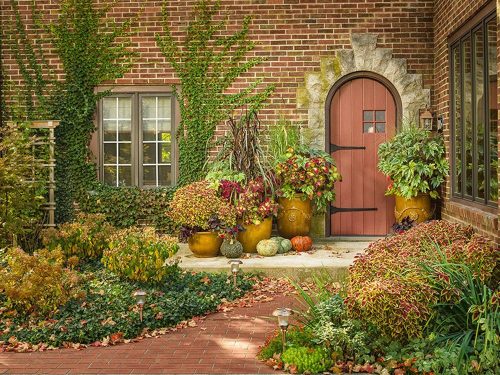
Want to learn more about fall garden maintenance? Check out our blog, Put Your Garden to Bed by Completing These Ten Fall Gardening Tasks.

1 thought on “10 Fall Gardening Tips: Pruning, Harvesting, Mulching and More”
I love your articles! They provide great info which has been very useful to me. Thank you!